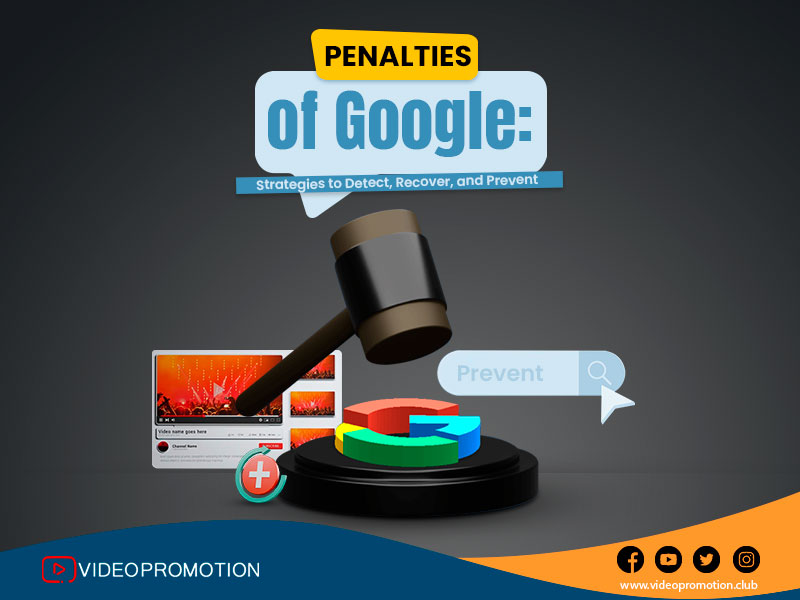

Google is the biggest search engine in the
world, and all kinds of websites want to rank higher on the search engine
result pages to reach their target audiences. While everyone follows the
guidelines for Google, sometimes issues of a penalty can appear due to various
reasons. It requires expert-level strategies to safely navigate through the
platform without causing any penalty.
Sometimes these penalties can appear out of
nowhere and without any notification. But you will understand once you witness
an exponential reduction in web traffic, and if the rankings are damaged for
SERP (search engine result pages). Google sometimes puts up a hidden
algorithmic filter that can bring down the visibility of your website. It
can take more than 4 to 6 months to recover from this, and that is why you
should be careful. Let’s find out more about the Google penalties, especially
the stealthy ones that often stay hidden.
What are considered Google penalties?
Penalty is referred to as any kind of
enforcement that stops your seamless experience, and for Google, it is about
reducing a site’s visibility and presence among users. If Google finds that
website to be problematic for users, the site can be deindexed permanently,
which is a huge penalty for any website that is trying to survive in the
digital age.
In this case, the most common penalties are
manual actions, which are triggered by a human reviewer who has manually
flagged a violation against Google’s Search Essentials. It can be spam,
manipulation, or an attempt to deceive the algorithm. However, sometimes
penalties can appear from SEO, too. Google’s automated actions can be a part of
a penalty, too, even if it is not labeled that way. Therefore, finding the
difference between manual actions and algorithm impact is the key here.
Different Types of Manual Action
Manual Action vs. Algorithmic Penalties
A comparative discussion between manual and
algorithmic penalties is required to understand what you are dealing with.
Every time the ranking for your website falls, it does not mean another
penalty, as sometimes it can be technical errors or some self-inflicted issues
that are not necessarily a penalty. However, if the ranking drops significantly
without any technical error, it can be due to some manual action or algorithmic
penalties.
Manual Action
Algorithmic Penalties
Both of them can significantly affect web
traffic and ranking for your website. However, the main difference lies in
visibility. Google’s algorithm has an impact on a website in three ways which
include Devaluation, Demotion, and Suppression. Google’s penalty can be a big
obstacle to your site’s visibility and online presence.
Final Thoughts
Google penalties can drop visibility for a
website significantly, and that is why you need the support of a professional
agency. The Video Promotion Club seems like a good option to hire as
this company specializes in promotion, SEO optimization, and promoting YouTube
videos. It is well-versed in ad strategies and capable of empowering all kinds
of industries. When you hire a professional and reliable agency, they can
ensure improved visibility and presence for your website.
Comments
Leave A Reply